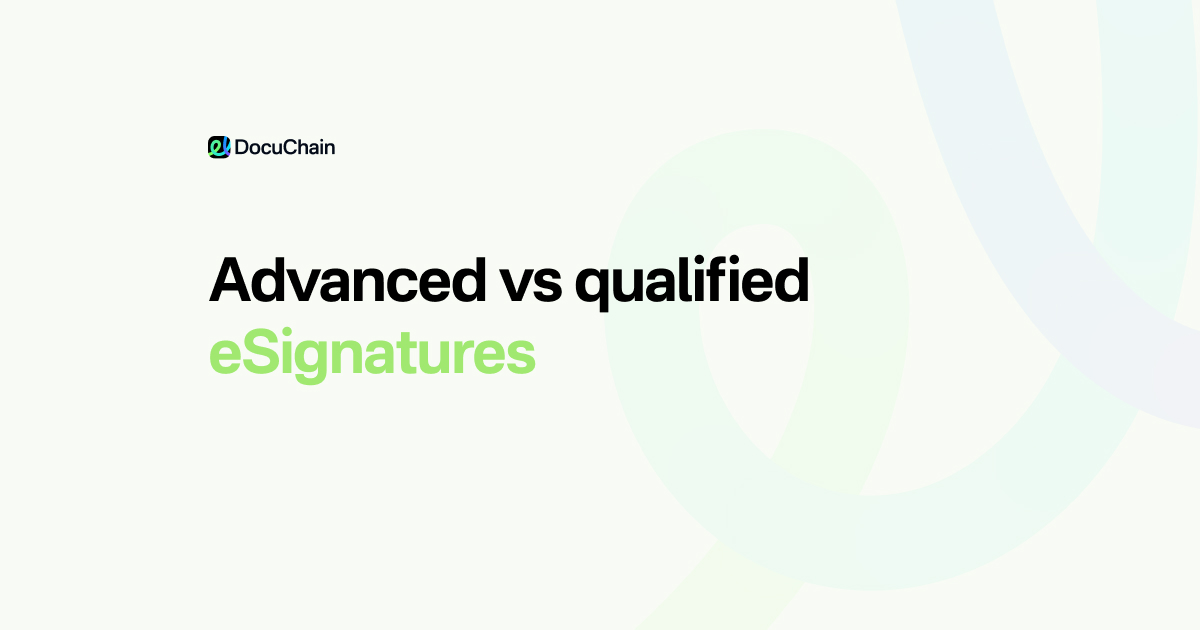
Advanced vs qualified eSignatures

Not all digital signatures are created equal. Some are made for speed, others for legal enforceability.
In this guide, we break down advanced electronic signature (AES) and qualified electronic signature (QES), how they differ under eIDAS, and when to use each.
What is advanced?
An advanced electronic signature uniquely identifies the signer, detects tampering, and is linked to a secure method of control — such as an OTP or certificate.
It meets the eIDAS standard for most business use cases: HR, finance, procurement, B2B contracts.

What is qualified?
A qualified electronic signature includes everything from AES, but requires a qualified certificate issued by a government-trusted provider, and must be created using a qualified signature creation device.
QES has the same legal value as a handwritten signature under EU law.
Use cases
Use AES when you want speed and security: employee agreements, NDAs, or contractor forms. Use QES when required by law: public tenders, property deals, high-value contracts.
Many legal frameworks mandate QES in public procurement and regulated industries.

Real-world insight
Users on Reddit note that “QES is legally bulletproof but harder to manage” while “AES is what most companies actually use.” QES adds cost and complexity — but brings maximum legal certainty.
DocuChain supports both
We help you implement the right signature level for each scenario. Need AES for HR flows? Done. Need QES for a real estate contract? We’ve got you. You don’t have to overthink — just match the signature to the risk.
QES gives you peace of mind where it matters. AES keeps business flowing day to day. DocuChain supports both — flexibly, securely, and fast.

Create Digital Signature


Tap in area to upload your document
Drop your file or click to upload your document.















